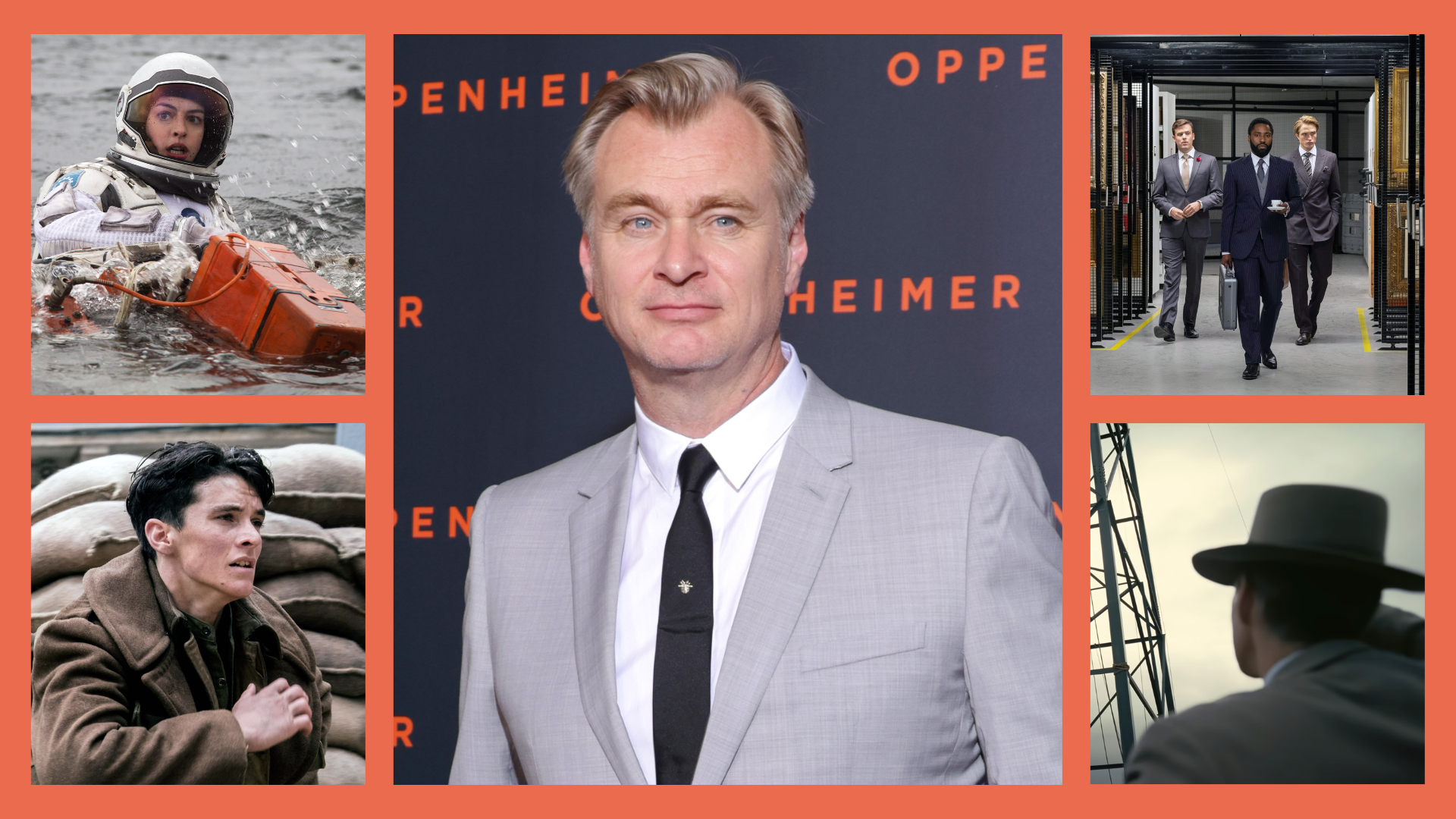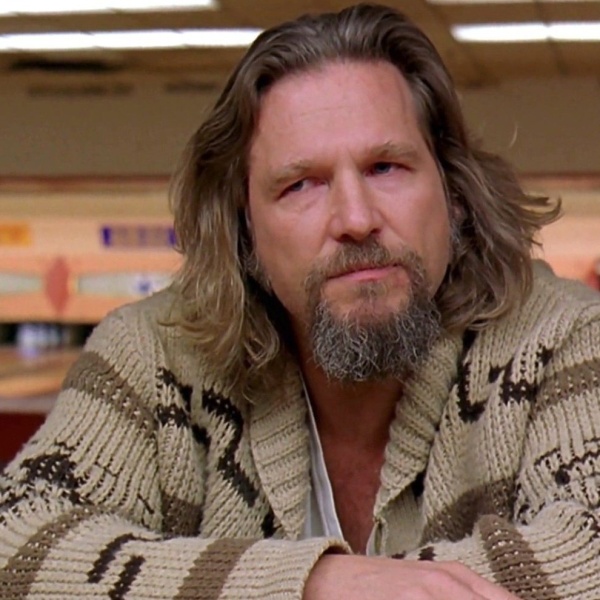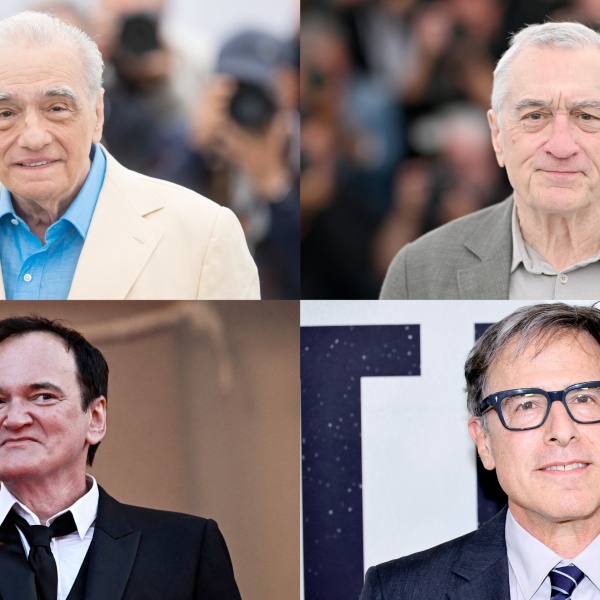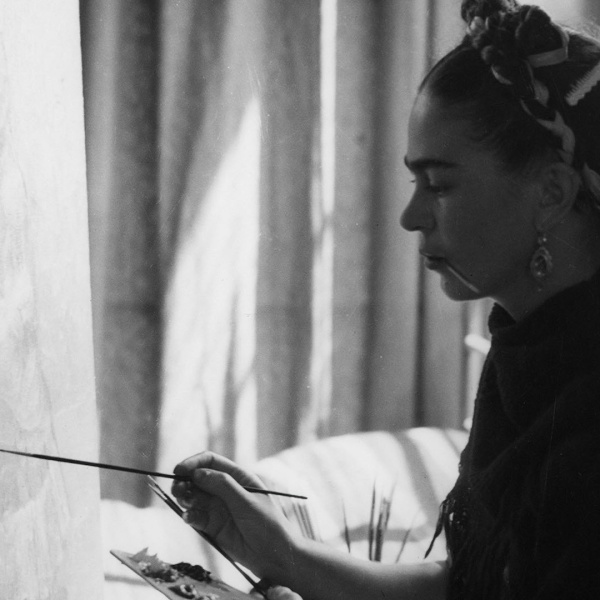Love him or hate him, there’s no denying that Christopher Nolan has had a singular impact on the American film industry. It’s almost depressing how many of his epithets are preceded by “the last.” He’s essentially the last director who receives consistent blank checks to make original films. The last director whose name is enough to pique the general public’s interest, regardless of subject matter. And the last director who could make a three hour biopic and have it (successfully!) marketed as a summer blockbuster.
At least for now.
Whether Nolan’s consistent success is a sign of better days to come in Hollywood or a final hurrah for a dying industry, his influence remains unparalleled. He forever redefined the superhero movie — creating a template that’s often repeated but never duplicated — with his groundbreaking trilogy of Batman movies. He could have rested on his comic book laurels forever after the cultural phenomenon that was “The Dark Knight,” but he quickly proved that his original ideas were equally marketable with the groundbreaking “Inception.” It was immediately clear that Hollywood had found its next great blockbuster filmmaker.
For the next decade, Nolan took advantage of his newfound creative freedom by making a wide range of original blockbusters. Films like “Interstellar” and “Tenet” had a tendency to reinforce everyone’s strongest opinions about him. To some, he was a man of unparalleled brilliance with an unprecedented ability to infuse popcorn storytelling with hard science. To others, he was a cold filmmaker who hid behind complex storytelling devices to make films that were designed to impress viewers rather than move them.
The truth is somewhere in between. Any serious criticism of Nolan has to begin with an acknowledgement of his talent, and any hagiography has to recognize that the same criticisms of his films have emerged again and again. One thing that’s abundantly clear is that Nolan has developed an instantly recognizable style. From his commitment to analog techniques and epic exhibition formats to his sleek color palettes and not-so-sleek sound design, you always know a Christopher Nolan movie when you see one. Keep reading for our primer on the stylistic elements that set the “Oppenheimer” director apart from his peers.
-
Scientific Subject Matter

Image Credit: ©Paramount/Courtesy Everett Collection Nolan has always demonstrated a fascination with the workings of the universe and the people who study it. This is reflected in blockbusters like “Interstellar” and “Tenet,” which make a point of grounding their time travel stories in rigorous scientific research and turning scientists into heroes in their own right. That fascination extended to “Oppenheimer,” which saw Nolan continue to explore the theme of balancing human emotions against a mathematically cold universe – albeit this time through the eyes of one nuclear physicist.
-
Cool Color Palettes

Image Credit: ©Warner Bros/Courtesy Everett Collection Nolan is sometimes unfairly branded as an excessively dark visual filmmaker, in large part because three of his first major features were Batman movies that required lots of black design elements. He has since proven that he’s capable of working with a variety of other colors, but his films often stick to cooler palettes. He uses multiple shades to create texture and depth, giving his films a consistent aesthetic without feeling monochromatic.
-
Abrasive Sound Design

Image Credit: ©Warner Bros/Courtesy Everett Collection One of Nolan’s more polarizing trademarks is his commitment to building out his cold cinematic worlds through aggressive sound design. His films are often fueled by booming scores that sound particularly abrasive in his preferred IMAX theaters. Some feel like his grinding soundscapes make it harder to hear his actors – an effect that’s compounded by his refusal to re-record dialogue in post-production.
-
Repeat Collaborators

Image Credit: ©Warner Bros/Courtesy Everett Collection Like many great directors, Nolan likes to return to the same ensemble of actors over and over again. Familiar faces include Cillian Murphy, Michael Caine, Kenneth Branagh, and Tom Hardy. He also frequently re-teams with below-the-line collaborators including cinematographer Hoyte van Hoytema and composers Hans Zimmer and Ludwig Göransson.
-
Creative Uses of Time

Image Credit: ©Newmarket Releasing/Courtesy Everett Collection It’s entirely possible that no filmmaker has ever been more fascinated with the passage of time than Christopher Nolan. Many of his screenplays involve time unfolding in non-linear fashions, either because of creative writing devices (see: the reversed structure of “Memento” or the multiple perspectives in “Oppenheimer”) or because the story involves sci-fi riffs on relativity (see: “Inception,” “Interstellar,” and “Tenet”).
-
Large Film Formats

Image Credit: ©Warner Bros/Courtesy Everett Collection Nolan has remained deeply committed to analog film formats, preferring theatrical distribution over streaming and celluloid film over digital cameras. Those combined passions have turned him into one of the most prominent evangelists for IMAX and 70mm exhibitions. In addition to releasing rolling his films out in IMAX theaters, he consistently makes a point to shoot on large scale cameras and edit on IMAX screens to ensure that he captures spectacle in the largest formats available to him. This often results in wide shots that are truly breathtaking in scope.
-
Naturalistic Lighting

Image Credit: ©Warner Bros/Courtesy Everett Collection Even on his most outlandish genre projects, Nolan has consistently relied on naturalistic lighting to illuminate his scenes. Rather than saturate the frame with hazy colors or stylized tones, he allows his lighting to play out similarly to the way it would look in the real world. In addition to demonstrating his knack for shot composition, this helps infuse his sci-fi projects with a sense of naturalism that adds to his perception as a cerebral blockbuster filmmaker.
-
Practical Effects

Image Credit: ©Universal/Courtesy Everett Collection Nolan’s longstanding commitment to making his own practical effects (as opposed to using CGI) is the stuff of legend among film geeks. He goes to great lengths to ensure that no shot is entirely computer generated, even creating J. Robert Oppenheimer’s atomic bomb test using a combination of practical explosions and forced perspective.







